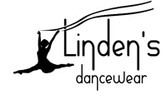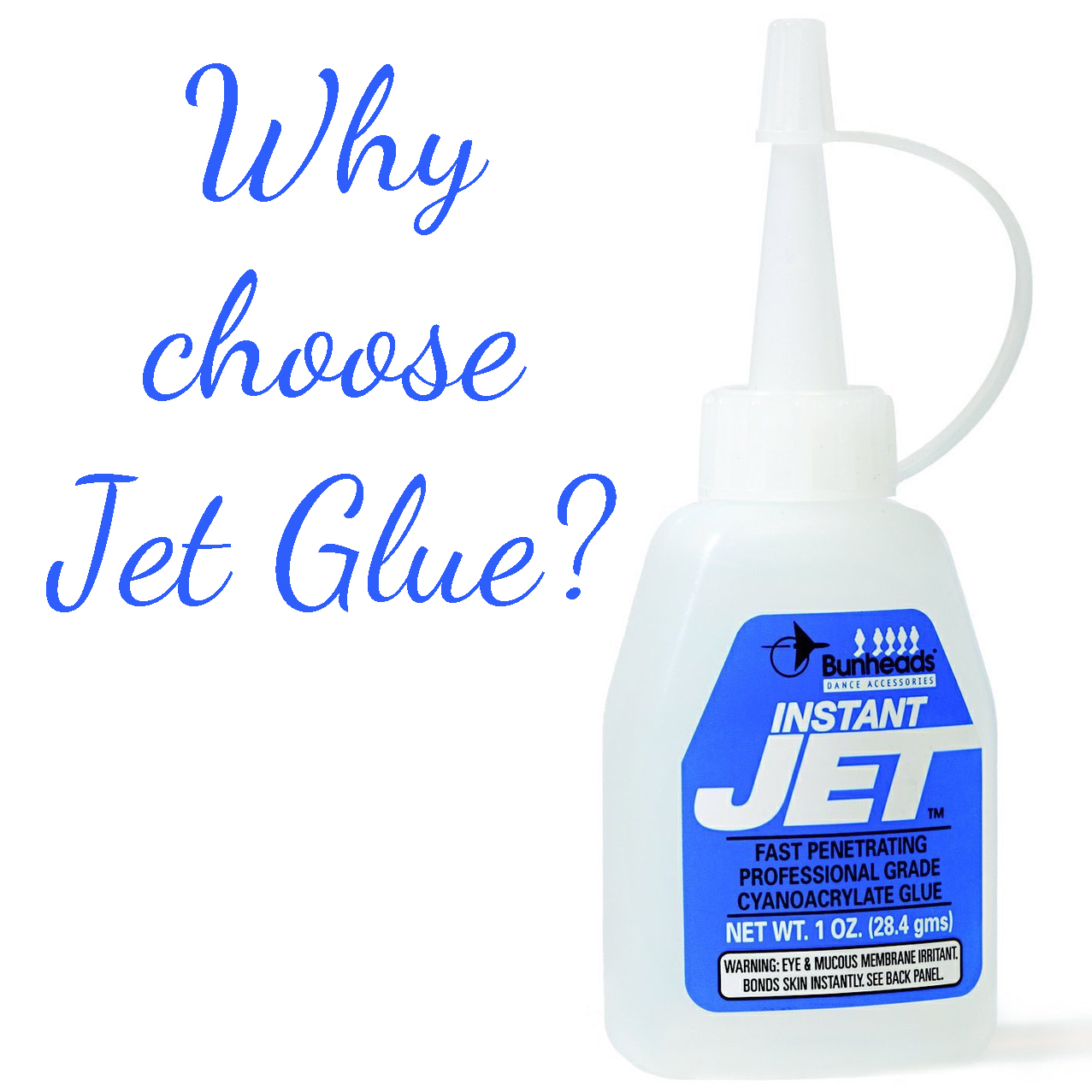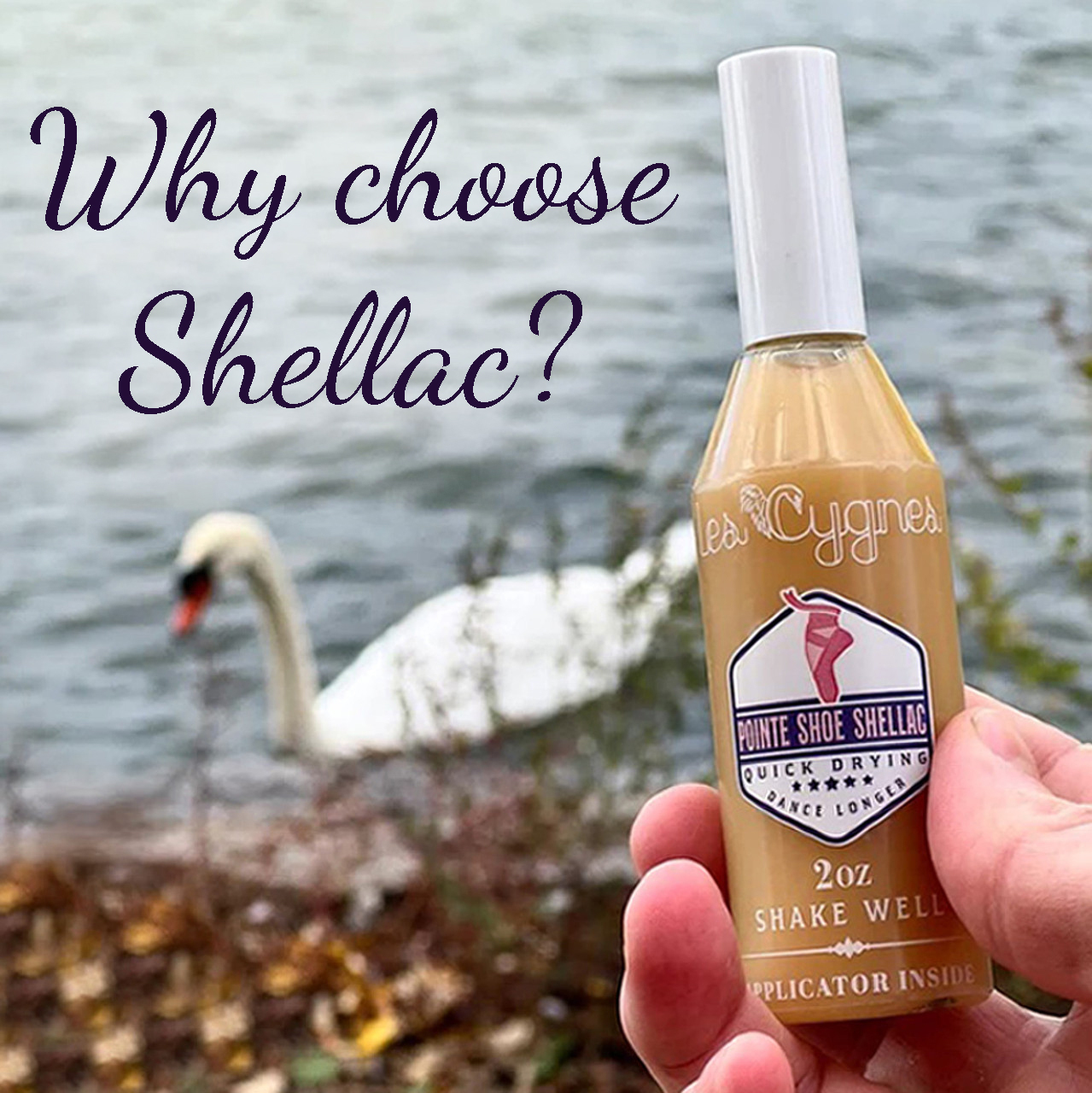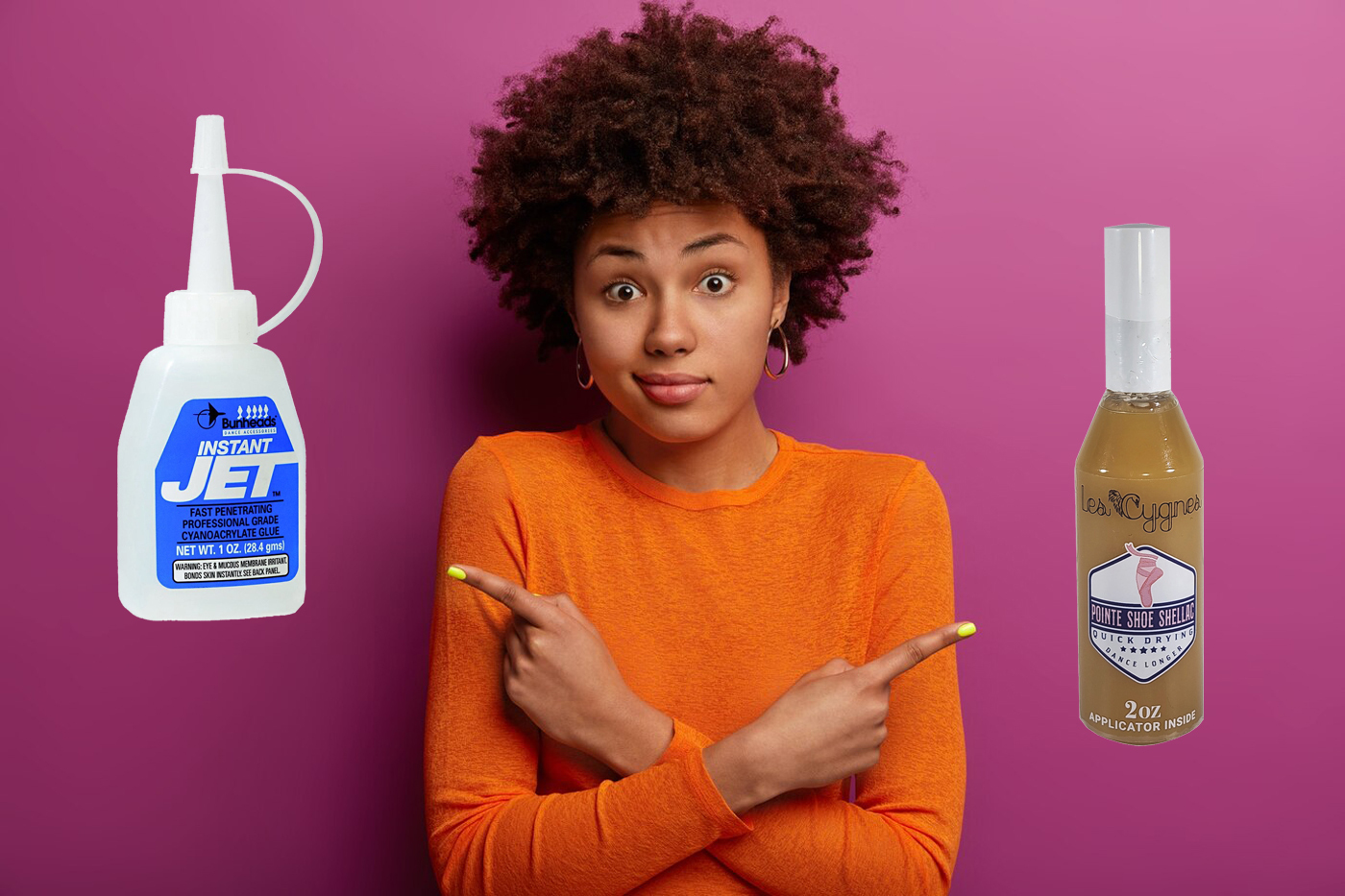Jet Glue vs. Shellac: Find Your Perfect Pointe Shoe Reinforcement
Posted by Angel P. on 6th Feb 2025
Pointe dancers know the battle: keeping your shoes the performance-ready “sweet-spot” while getting the most life out of them. Pointe shoes are an investment, and every dancer wants them to last as long as possible and should never sacrifice the support they need. That’s where Jet Glue and Shellac come in—two popular methods for reinforcing and extending the life of pointe shoes.
But which one is better for your needs? Let’s dive into the pros, cons, and key differences to help you make the right choice. But before we get started, let's go over our Pointe Shoe Anatomy to make sure we're on the same page!
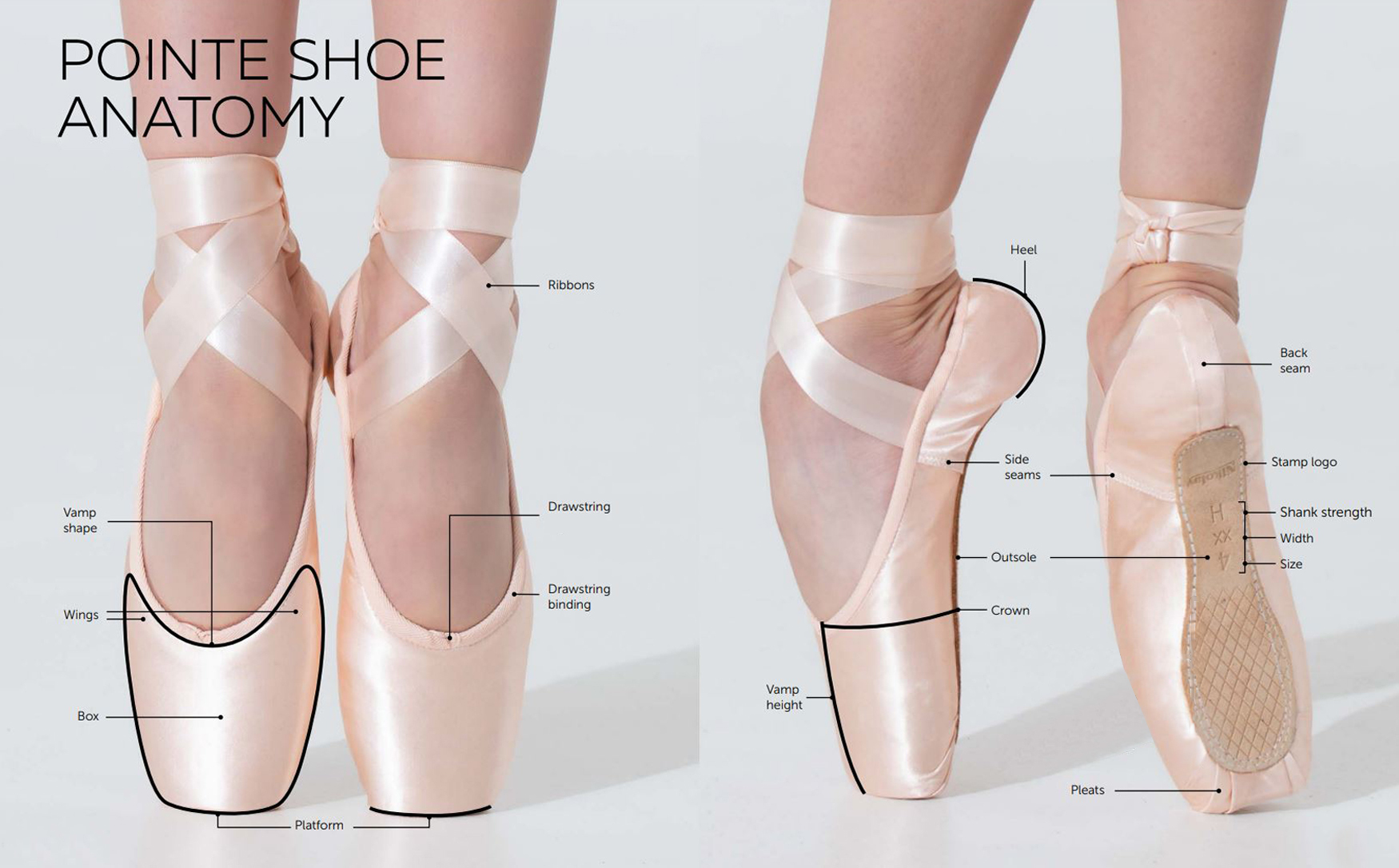
What’s the Difference Between Jet Glue and Shellac?
Both Jet Glue and Shellac are used to harden and reinforce pointe shoes, but they’re far from interchangeable. Each has its unique characteristics, making them better suited to different situations.
1. Drying Time
- Jet Glue: If you need a quick fix, Jet Glue is your go-to. Jet Glue is very close to super glue and has a similar drying time of just 20–30 seconds depending on how much you apply.
- Shellac: On the other hand, Shellac takes about 20 minutes to dry. Applying Shellac takes a bit of advanced planning but is still decently efficient.
2. Hardness
- Jet Glue: Known for creating a rock-hard finish, Jet Glue is great if you need extra stiffness in your shoes. Once applied, it doesn’t budge—perfect for dancers who want maximum support. Jet Glue is also water-resistant, which prevents moisture (sweat) from soaking into your pointe shoe and naturally softening it, creating an added level of hardness.
- Shellac: Shellac offers a slightly softer finish. It hardens enough to extend the life of your shoes but retains some flexibility, giving your shoes a more natural feel.
3. Application
The typical areas where you can apply pointe shoe hardeners are the box and the shank. If you’re applying either of these products to your box, you want to ensure you apply them from the inside, as exterior application will lead to discoloration of the satin. When applying hardener to the shank, it’s still best to apply it from the inside of the shoe, but if extra support is needed you may (carefully) apply it to the exterior.
- Jet Glue: While easy to use, Jet Glue requires precision. Its strong adhesive properties and runny texture mean you need to work carefully to avoid over-applying (turning your lovely pointe shoes into rocks) or freezing your shoes in an unwanted shape. We typically recommend breaking your shoes in to that “perfect” point before applying Jet Glue, but it’s really based on personal preference and finding what works for you!
- Shellac: Les Cygnes Shellac is super easy to apply, including an applicator similar to a lip gloss wand, allowing you to easily apply Shellac exactly where you want it. Shellac is designed to be layered! Start with just a bit and slowly add layers so you can find the perfect firmness. Or if you prefer, you can stick to a light layer and reapply as you feel your shoes starting to soften for a flexible reinforcement.
Why Choose Jet Glue?
Jet Glue is all about firmness and durability. If you like your shoes firm and want them to stay that way, it’s the perfect solution. It dries clear and gives your pointe shoes a long-lasting hardness that can handle intense rehearsals and performances.
Quick Tips for Using Jet Glue:
- Work Fast: With a drying time of just 20–30 seconds, you’ll need to apply it quickly and carefully. Wearing gloves is a smart way to protect your hands, although if you do get some on your hands, acetone (nail polish remover) will remove it from skin.
- Apply Strategically: A little goes a long way. Focus on the areas that need the most reinforcement, like the toe box or shank.
- Precision is Key: Once applied, the area of your shoe is permanent—so make sure you’re happy with the fit before gluing.
- DO NOT GLUE YOUR ENTIRE SHANK: When you glue your shank, glue only where you want reinforcement—typically just below the ¾ spot where your heel meets your arch. Do not glue above this point, as it will turn your shoe into a board that will not follow the shape of your foot and support you. Also, be wary of gluing your shank too low; you want to maintain your roll-through. If you glue the area you use on demi-pointe, it will take a lot of effort to “rebreak-in” and likely soften the wings in the process.
- How To Glue Your Box: There are many ways to reinforce your box, and they mainly depend on how you personally break in your shoe. If the platform of your box gets “squishy,” a small amount of Jet Glue dripped into your pointe shoe while it’s held upright “en pointe” will soak into the toe box hardening it, as well as create a moisture barrier preventing sweat from breaking down the box. If your wings break down, we recommend using Jet Glue sparingly in a thin, even coat. Over-glued wings can lead to rub spots and a loss of flexibility in your roll-through.
Why Choose Shellac?
If you prefer a softer approach to reinforcement, Shellac is your best bet. Its longer drying time allows for more control during application, and it can be reapplied as needed to breathe new life into shoes that are softening with use.
Quick Tips for Using Shellac:
- Take Your Time: Shellac takes about 20 minutes to dry, so plan ahead if you’re prepping your shoes for a big performance.
- Layer for Extra Reinforcement: Shellac works best when applied in thin, even coats, which means you can apply one coat, test your shoe to see if you need more, then go back and layer multiple coats for extra support.
- Reapply as Needed: Unlike Jet Glue, Shellac can be layered multiple times, allowing you to maintain your shoes’ “sweet spot” over several uses by reapplying between wears.
How to Choose the Right Option
Ultimately, your choice between Jet Glue and Shellac depends on your priorities:
- Need something fast and firm? Jet Glue is your best friend for rock-hard reinforcement in a flash.
- Prefer structured flexibility? Shellac is a fantastic option for a softer finish and ongoing adjustments.
- Combine Techniques: Some dancers use Jet Glue for quick reinforcements in the toe box or shank, and Shellac for ongoing maintenance of the wings or shank.
- Test First: Try both products on an older pair of pointe shoes to see which method suits your dancing style and preferences.
- Shank Reinforcement: If you’re looking to harden your shank, you can use Jet Glue or Shellac! Jet Glue will offer a stronger “hard as a rock” hold, while Shellac offers a more malleable reinforcement.
- Platform Reinforcement: If the platform of your box gets “squishy,” Jet Glue is likely your solution—a small amount of Jet Glue dripped into your pointe shoe while it’s held upright “en pointe” will soak into the toe box hardening it, as well as creating a moisture barrier which prevents sweat from breaking down the box.
- Wing Reinforcement: Are your wings losing support? Shellac is your new best friend! Shellac offers flexible reinforcement that moves with you, preventing blisters and maintaining your roll-through without compromising support.
Both are valuable tools for dancers looking to extend the life of their pointe shoes, so it’s worth trying both to see what works best for your unique needs.
Ready to Reinforce?
At Linden’s Dancewear, we’re all about helping dancers like you perform at your best. Whether you’re stocking up on Jet Glue, Shellac, or other dance essentials, we’ve got everything you need to keep your pointe shoes in perfect condition.
Looking for other ways to extend the life of your pointe shoes? Check out Nikolay’s Pointe Shoe Dryers and S.O.S. Spray!
Don’t let worn-down shoes hold you back—take control with the right reinforcement today! Extend your shoes’ life and keep dancing your best with products trusted by dancers worldwide!
